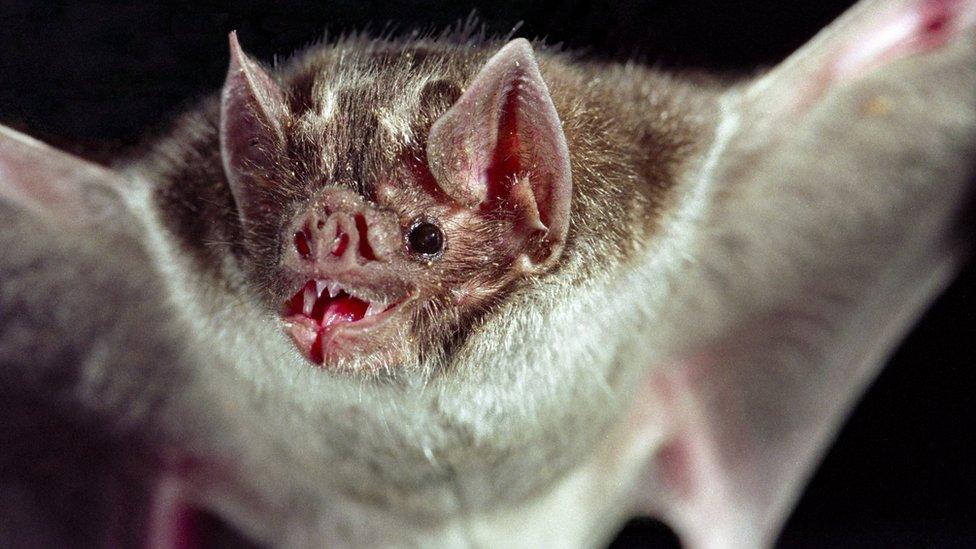Wildlife: How bats make a midnight feast of insects
- Published
- comments
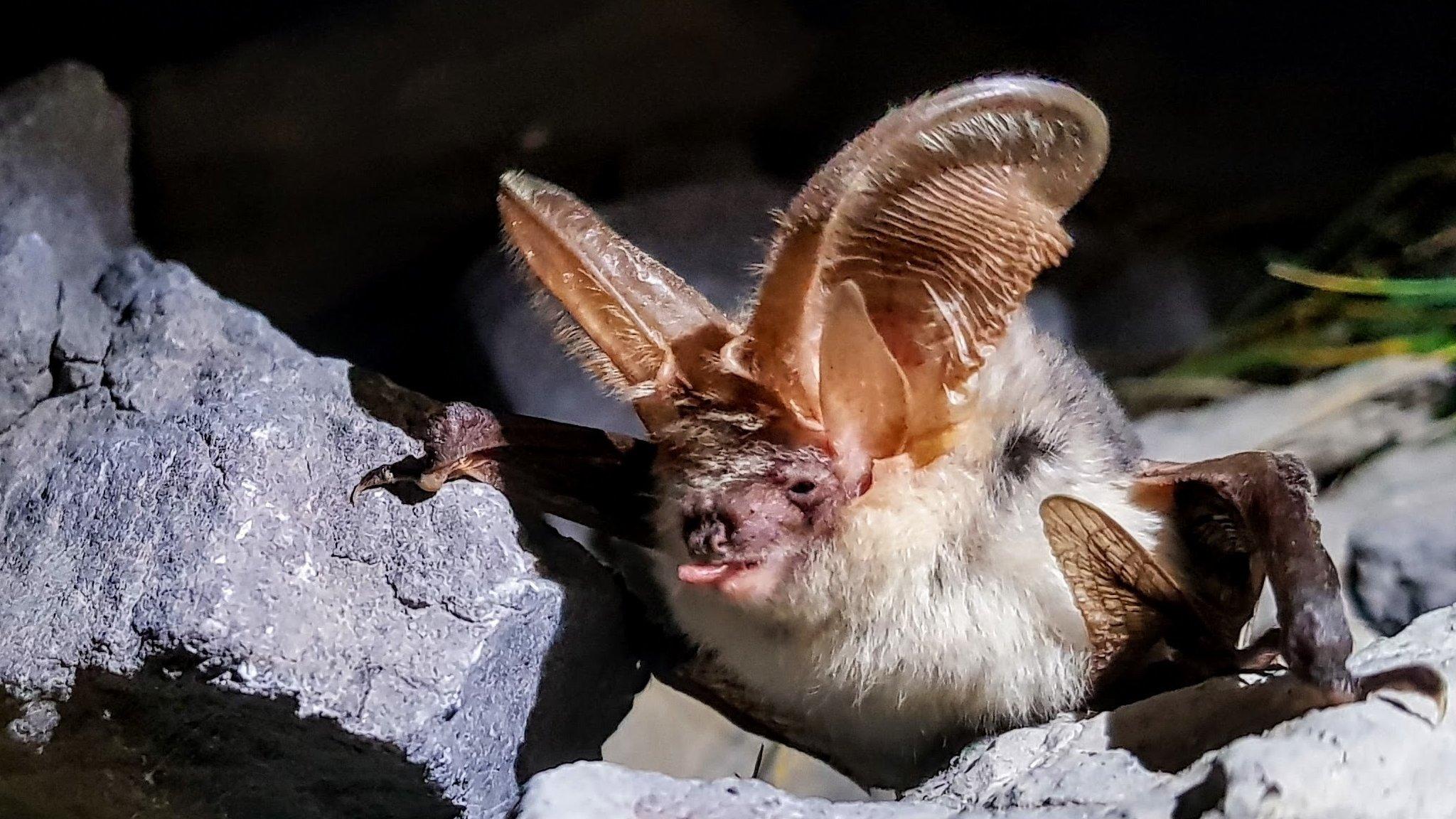
Seven species of bat were identified in the Pass of Bujaruelo in the Pyrenees during the research
What's your favourite late-night snack? Is it chocolate or maybe ice cream? How about... insects?
Well research shows that bats have been having a late-night feast on nocturnal insects that are flying through the Pyrenees - the mountain range that straddles France and Spain.
Scientists found that migrating insects are a vital food source for both bats travelling through themselves, and those that live in the mountains.
The insects eaten by these bats include a type of moth which is a crop pest, so the bats aren't just getting full stomachs, they are also providing a pest control service!
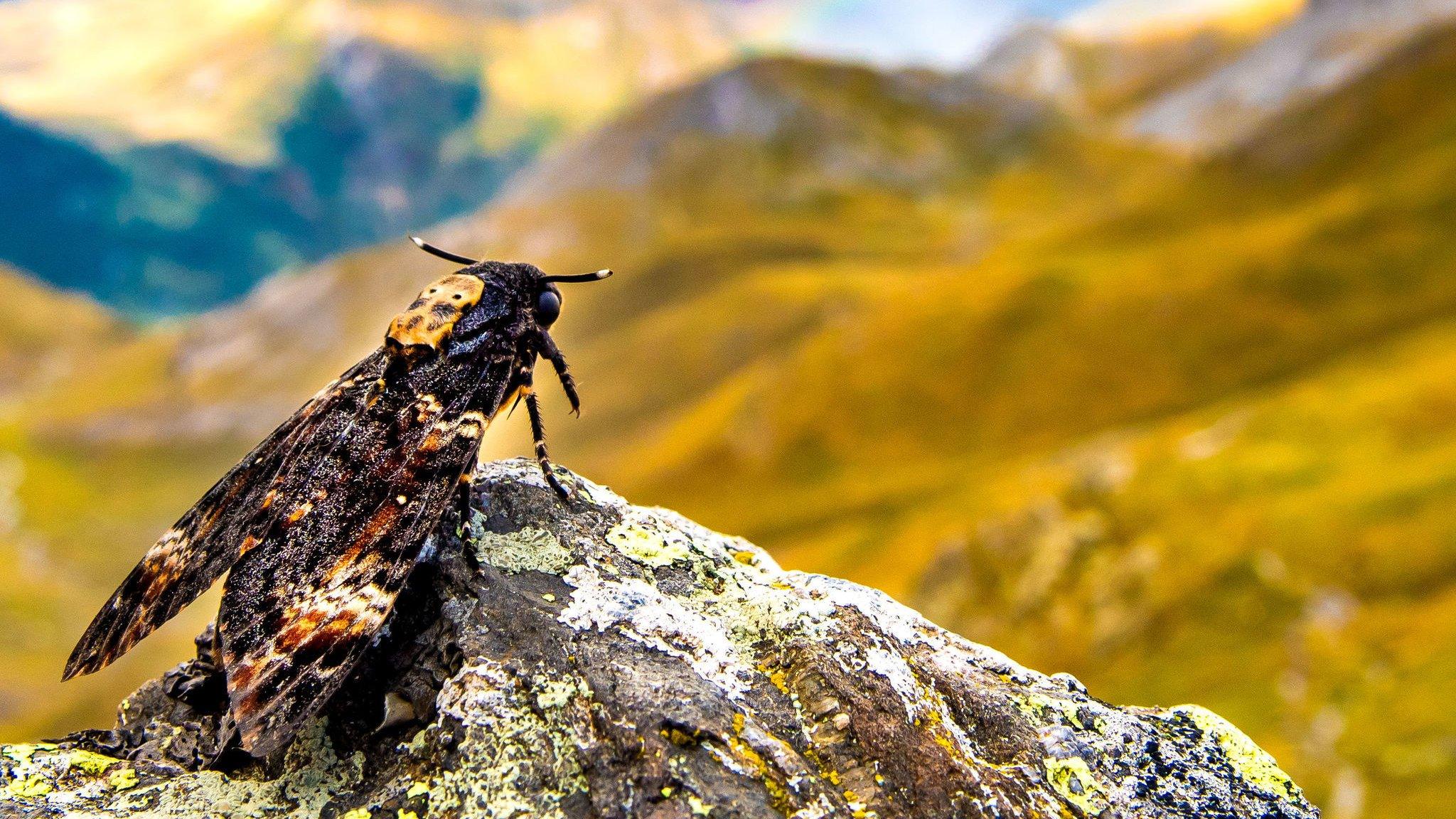
Ninety per cent of the insects identified in the pass as part of the study were moths
The study looked at the Pass of Bujaruelo in the Pyrenees in the autumn and found seven species of bat and 66 species of insect.
Those behind the study say mountain passes are hotspots for a wide range of insects which fly south in that season.
This migration can take place over two months, but weather conditions mean there are just three or four key nights when most of the insects will fly through the Pass of Bujaruelo - which is when the bats seem to hunt their next meals.
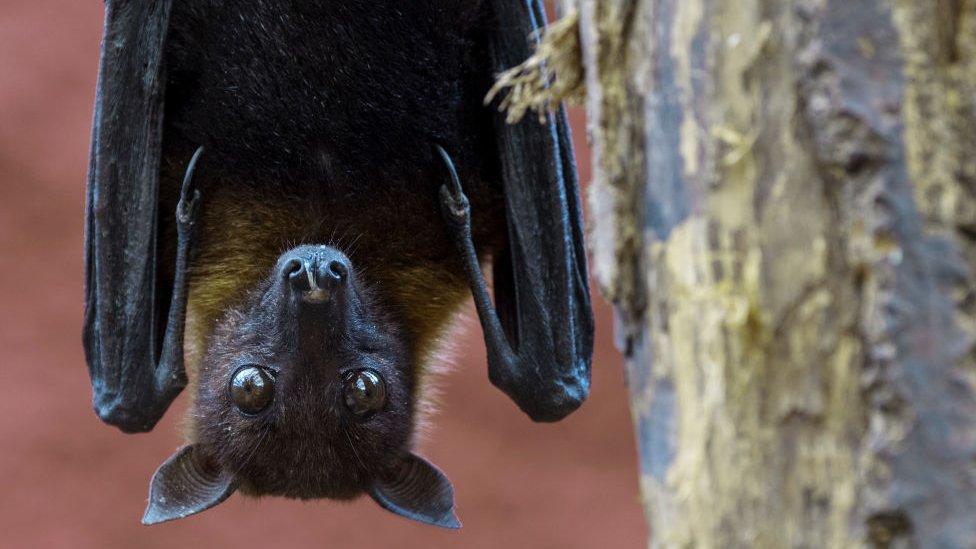
By eating the moths, bats are providing a pest-control service to humans
They are the only mammal that can fly
There are around 1,240 species of bat, making up around 20% of all living mammals
Not all bats hang upside down
Dr Will Hawkes, of the Centre for Ecology and Conservation on Exeter's Penryn Campus in Cornwall says threats to these migrating insects could impact the bats significantly.
"For example, European free-tailed bats live in these mountains, and their young are born in the autumn - so it appears they depend on these migrations to feed their offspring and build up energy for hibernation."
- Published15 May 2022
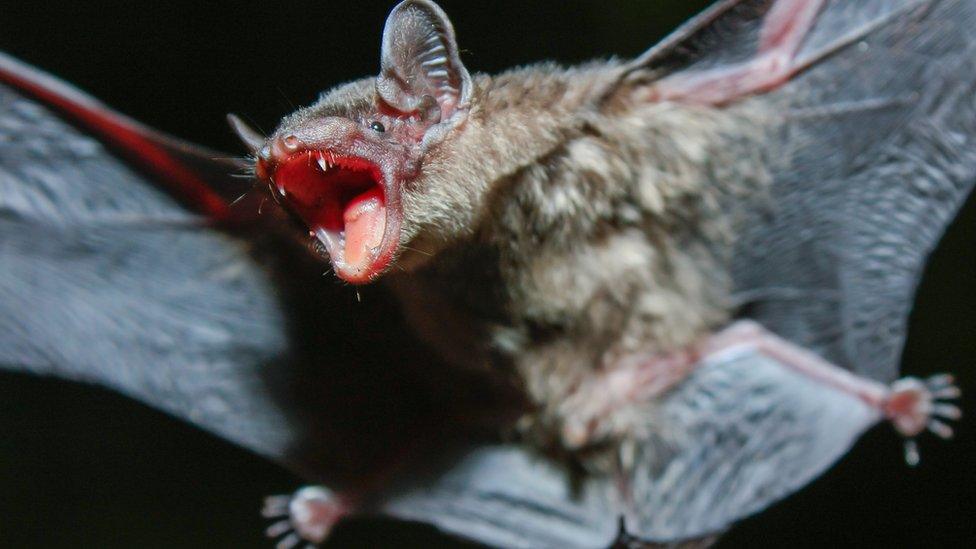
- Published22 August 2021
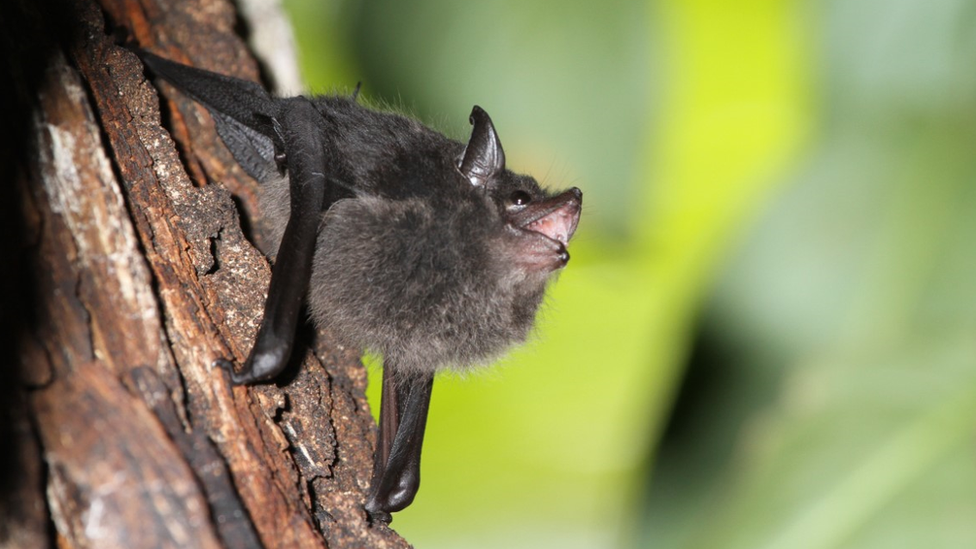
- Published4 April 2022
